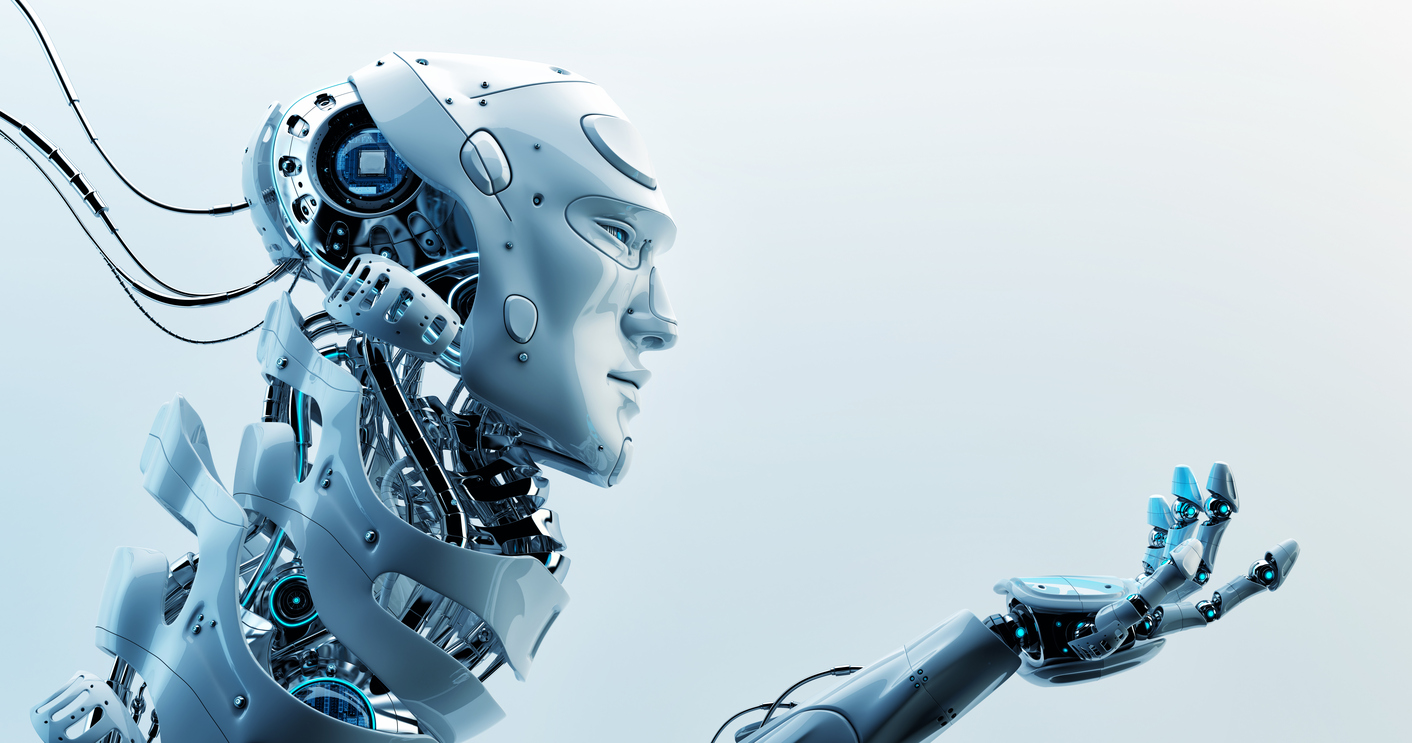
The march of technology continues and this will create a challenging environment for some given the pace of change. More positively, as productivity is transformed in many industries, opportunities for both growth and income investors will not just persist but grow over time, if you know where to look. Here we explore the links between China and Donald Trump and the rise of robots, the Belt and Road initiative and The Asian Dream.
Technology changes the way we live and work. And that change is speeding up. What used to happen over centuries now looks like transforming things within a working lifetime. Some won’t adapt but a good number of companies will get smarter, and our (your) opportunity is in identifying funds which are uncovering this new potential.
Where in the world are the best of these opportunities? What will be some of the features of countries with the greatest potential? A focus on reform; young populations; politically stable; limited debt; rapidly growing middle classes. Let’s have a look.
The Great Wall Of Worry?
For many years there have been parts of the media who persistently trash China, and this common narrative does influence how many potential investors feel about investing there.
Yet there is much to be positive about. For example, the switch from exports to a greater reliance on domestic demand has been a great success but is barely noted in the West.
On robots, in 2015 China had 49 robots per 10,000 workers, versus 176 for the US, 301 in Germany, and South Korea’s world-beating 531.
Then in 2016 China installed 90,000 new robots, one third of the world total and 30% more than 2015. Looking forward China has four big advantages - huge scale, domestic growth momentum, money, and a centrally planned economy. The advantage of a centrally planned economy is that when you have a “5 Year Robot Plan” there is a damn good chance that it will work.
Trump and the China Dividend
Donald Trump blames China for much of the US’s travails. Mostly this is nonsense and China has actually been a job creator in the US. Since China joined the World Trade Organisation in 2001, US exports to China are up by more than 600%, while up only 80% to the rest of the world. More than 900,000 American jobs are supported by US exports to China, with 40% of these jobs created between 2009 and 2015.
Donald Trump must be careful not to limit the US ability to benefit from this continuing potential (from China and Asia more generally). China has both a reform focus and some exciting developments which have barely started.
For example, China’s Belt and Road Initiative makes the British Empire seem parochial. It will connect 65 countries across Europe, Asia and Africa covering 63% of the world’s population. The intention is to transform infrastructure (overland and maritime) to drive trade and capital between the east and the west.
This Initiative will feed into the extraordinary rise of the Asian middle classes.
The Middling Revolution
The Industrial Revolution (centred on 19th century Britain) created new social structures. There was no longer just the elite and the working classes. There were now others referred to as “the middling sort”. Out of surplus earnings they saved for the future, as well as making discretionary purchases - entertainment and holidays, and consumer goods of increasing quality and variety.
These growing middle classes both drove the Industrial Revolution in their day to day work, and as consumers with surplus income they were also the motor of mass development - this engulfed the Western world, with the US at its centre in the 20th century.
The American Dream of the 20th century - a house, car, healthcare, education, travel - is now The Asian Dream of the 21st century.
By 2050 it is reckoned that the Asian middle classes will drive two-thirds of global spending, and this growth trend is underway right now. Stiff competition to meet their needs, both within Asia and beyond, will drive innovation and the adoption of new technology, including robots.
Next week in Part II we will look at how to exploit this opportunity.
ACTION FOR INVESTORS
- Change creates challenges and opportunities...
- ...if you know where to look!
- Such as countries going through the Middling Revolution
FURTHER READING